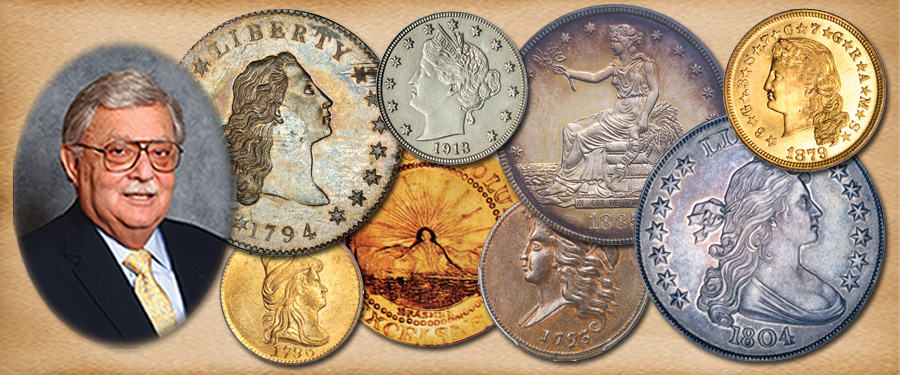
Thoughts on United States Commemorative Coins
Collectors of United States coins have found commemorative coins, primarily half dollars struck to commemorate historical events and important anniversaries in America, an interesting and educational form of collecting.
The United States started issuing these coins of historical significance in 1892 when half dollars were struck commemorating Columbus’s discovery of America, in conjunction with the World’s Columbian Exposition to be held in Chicago. Additional coins of the same design were made dated 1893 (the year the Exposition actually opened), as well as commemorative quarters dated 1893 featuring the portrait of Queen Isabella who financed Columbus’s journey in 1492. Moving into the 20th century, the United States struck the 1900 Washington-Lafayette dollar, the Panama Pacific half dollar in 1915, the Lincoln-Illinois half dollar in 1918, another for the State of Maine in 1920, half dollars honoring the Pilgrims in 1920 and 1921, and U.S. Grant in 1922. The issuing of commemorative coins became very aggressive in the 1930s, stopped for a while in 1939, and began again for a few years from1946 until 1954, completing what is considered the classic silver commemorative series.
The intent of Congress when authorizing these special commemorative issues was to help the various commissions not only to celebrate the events, but also give them the opportunity to raise money to fund the celebration and sometimes to erect a monument to memorialize the event. With but two exceptions, the 1893 Isabella quarter and the 1900 Lafayette dollar, the half dollar was the denomination chosen for the silver commemorative coins.
This popular series was collected in several ways. Some collected by type or design resulting in a set of 48 pieces and some aspired to full sets including all dates and mintmarks — 144 pieces in all. Dealers bought the coins and sold them as sets or individually. There could only be 10,000 complete type sets, as three basic designs the 1928 Hawaiian, the 1935 Hudson and the 1936 Old Spanish Trail – had mintages of just 10,000 each (plus eight additional for the Assay Commission). As there were some dates and mintmarks with certain commemorative series with mintages of only 3,000, that placed a top limit on how many “full” sets could be collected.
These commemorative coins were provided by the Mint at face value, and then were distributed and sold for 50 cents to two dollars over face value. Many of the unsold issues were either given to coin dealers at face or slightly above face value, or returned to the Mint where they may have been melted. One dealer I knew from New England acquired many of the unsold issues, put them away, and to this day the family is selling the surpluses acquired. In many cases the demand did not exceed the supply resulting in many coins going unsold.
In 1983 the Mint began producing and selling new commemorative coins. Mint statements asserted that they intended to help make tens of millions of new collectors through these programs. However, this did not seem to pan out as the quantity of subscribers to national coin publications declined as did membership in the American Numismatic Association. The number of buyers dropped because of the high premiums attached to the coins. And as the supply remained high, the buyers became fewer and reselling became a chore as well as costly. Overproduction resulted in many coins being unsold. Current listings in Mint price lists show issues as far back as 2010 remaining on hand. They do not publish a list of coins before 2010 that may also be unsold.
This is why in 1995 the Federal Banking Committee decided, (after a proposal I made at their hearings) to issue new Statehood Quarters at face value. These new commemorative quarters attracted many new collectors to the hobby as the quarters were easy to find in circulation and very affordable at face value. A set could be built by almost anyone.





